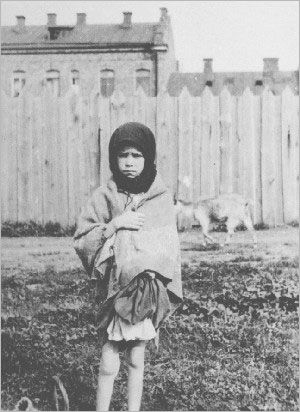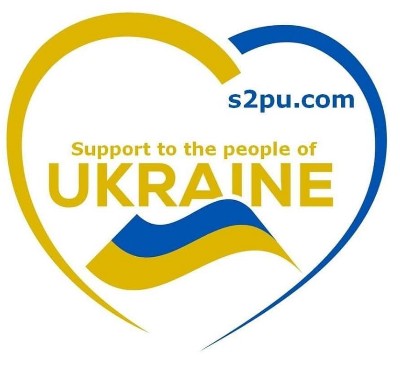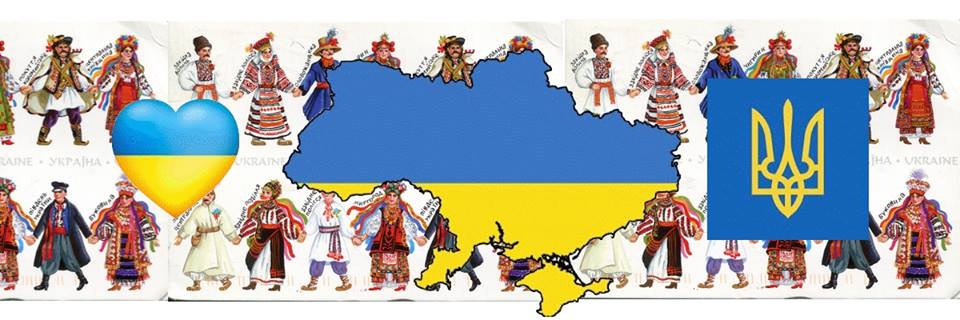
The famine of 1932–33 in Ukraine, called the Holodomor (a word coined in the late 1980s, meaning a famine deliberately initiated to cause suffering and death) can be considered genocide according to the Convention on the Prevention and Punishment of the Crime of Genocide in light of Article 2 (c). This clause identifies as genocide deliberate actions that create conditions of life leading to the physical destruction in whole or in part of a national, ethnic, religious or racial group.
The famine in Ukraine began in late 1931 during the Soviet Union’s first Five-Year plan, which called for rapid industrialization and the forced collectivization of agriculture. During the collectivization drive that began in 1929, private farms were abolished, and in their place state-owned and collective farms were established. Ostensibly run by the collective farmers themselves, the collective farms were actually controlled and monitored by Soviet or Communist Party officials. At the same time, successful, well off-farmers, labelled kulaks (according to the Soviet regime, these were exploiters of poorer peasants), were persecuted, stripped of their possessions, arrested and deported. Many were sent to far-off lands, and some were even executed. In practice, any farmer opposed to collectivization, even if not well off, was often labelled a kulak or kulak supporter.
Most peasants (subsistence and small-scale farmers) in the Soviet Union were reluctant to give up private farming to join the new collectives. In Ukraine, which had a strong tradition of private farming, resistance was particularly strong. In some cases, Ukrainian peasants and urban dwellers resented collectivization and other policies that emanated from Moscow. Reaction to these policies reinforced sentiment for more autonomy or even independence for Ukraine. Ukrainians had established an independent state in 1918, but this attempt at achieving full-fledged statehood failed by 1920 owing mainly to military intervention from Communist Russia. In 1922 Ukraine became incorporated into the Soviet Union as a republic, retaining nominal forms of statehood and autonomy.
The establishment of state and collective farms in the Soviet Union was justified by its leaders as an essential part of building socialism. Soviet officials also considered them more reliable than individual farms as sources of surplus grain production, which was to fulfill compulsory state grain collection quotas. Grain collected by the state was used to feed the rapidly growing urban population, and for exports to finance purchases of machinery abroad to support the industrialization drive. However, the collectivization of agriculture led to chaos and a drop in farm production in Ukraine, which was a key grain-producing area in the Soviet Union. Despite this, the Soviet leadership maintained high quotas for Ukraine’s farmers to deliver grain to the state.
When famine broke out in Ukraine—triggered by confiscatory measures taken by Soviet officials to fulfill unrealistically high grain collection targets in the wake of the substantial drop in agricultural production—top Soviet Ukrainian government leaders informed the Kremlin of starvation, requesting aid and a reduction in the grain quota for the country. The Soviet leader, Joseph Stalin, called instead for an intensification of grain collection efforts. He also voiced his distrust of Ukrainian officials, suspecting many of them as nationalists, and expressed fear that opposition to his policies in Ukraine could intensify, possibly leading to Ukraine’s secession from the Soviet Union.
Stalin’s response was catastrophic for Ukraine. Under his urging, the Soviet leadership passed draconian laws and adopted punitive and repressive policies, ostensibly to help meet the grain quota. Special teams were sent to the countryside, headed by Stalin’s top lieutenants, to collect more grain, even though farmers had little stored for the winter and spring months ahead. Even seed grain was taken, and fines in meat and potatoes were instituted for those who had not fulfilled the grain collection plan. Other foodstuffs were also confiscated by search squads.
Unsurprisingly, the situation in the Ukrainian countryside became desperate by winter. But the regime did not relent from its policies of confiscation, punishment and repression. On January 22, 1933, in response to large numbers of hungry Ukrainian farmers leaving their villages in search of food, primarily to Russia, the Soviet leadership issued an order prohibiting their departure from the republic. Around the same time, Stalin began replacing some of Ukraine’s leaders and changed state policy that had supported the development and use of the Ukrainian language. A campaign of persecution and destruction of many Ukrainian intellectuals and officials who were accused of being Ukrainian nationalists also began.
The famine in Ukraine subsided in summer 1933 as that year’s harvest was gathered. By that time, resistance in the countryside had been broken. Demographers estimate that close to four million residents of Ukraine, mostly Ukrainian peasants, perished as a direct result of starvation.
Any discussion of the famine as genocide should begin with a review of the ideas of Raphael Lemkin, a legal scholar who was the “father” of the UN’s genocide convention. In a speech delivered in 1953, he called the USSR’s policies toward Ukraine under Stalin “the classic example of Soviet genocide.” He viewed the famine in Ukraine as a key component of what he called the “Ukrainian genocide,” which he understood as a series of actions that also included the destruction and subjugation of Ukraine’s intellectuals and political elite, the liquidation of the independent Ukrainian Orthodox Church, and the government-directed settlement of Ukraine’s farmlands by non-Ukrainians, which took place in the wake of the famine of 1932–33.
In assessing the charge of genocide, one should recognize that it carries legal and political implications, and thus could be controversial. Political figures and entities have sometimes made statements or offered opinions on specific cases where the question of genocide has been raised. This is true of the famine in Ukraine. In 1988, a special commission of the US Congress established to investigate the Ukrainian famine concluded that “Joseph Stalin and those around him committed genocide against Ukrainians in 1932–33.” In 2006, Ukraine’s legislature, the Verkhovna Rada, adopted a law that called the Holodomor genocide. Some countries, like Canada, have adopted resolutions or statements recognizing the Holodomor as genocide. However, Russia’s national legislature, the Duma, stressed in a declaration that famine in these years was a pan-Soviet tragedy and denied that the Ukrainian situation was specific.
Controversy can also occur because of a lack of consensus among scholars. There is general agreement among scholars that the Holodomor resulted from the actions of Soviet authorities and was thus man-made and avoidable. However, some scholars as well as political figures have argued that the charge of genocide in Ukraine cannot be substantiated because famine occurred at the same time in other republics of the Soviet Union, including Russia. It has also been argued that the famine was used as a weapon aimed against peasants as a social group, and not against Ukrainians as an ethnic group. Two scholars of the Soviet Union, Robert E. Davies and Stephen G. Wheatcroft, have argued that the Soviet leadership caused the famine partly through “wrongheaded policies,” but that it was “unexpected and undesirable.” The famine, they argue, was “a consequence of the decision to industrialise this peasant country [the Soviet Union] at breakneck speed.”

The Italian scholar Andrea Graziosi, in support of the genocide interpretation, has argued that in assessing the issue one must take into account the extremely high mortality rate in Ukraine—triple the mortality rate in Russia. This was caused by the additional measures taken by Soviet authorities that intensified the famine in Ukraine. Graziosi also stresses Stalin’s understanding of the peasant and national questions as closely linked in largely peasant-based countries like Ukraine. He thus concludes that the Ukrainian villages were “indeed targeted to break the peasants, but with the full awareness that the village represented the nation’s spine.”
There are other arguments to be made in favour of the genocide interpretation. Grain exports continued during the worst months of the famine, and Soviet government reserves contained enough grain to feed the starving. When aid was first authorized in February 1933, it was selective, and not nearly enough grain was released to save millions from starvation. The mobility of Ukraine’s peasants was blocked through the January 22, 1933 decree depriving them of possible access to food in other regions of the Soviet Union. It is also clear that Stalin in 1932 was worried about losing Ukraine, tied the shortfall in grain collections in Ukraine to perceived failures of the republic’s leadership, and referred to this to justify removing some of Ukraine’s leaders when he replaced them with loyal followers. He also saw resistance in the Ukrainian countryside to grain collection as motivated by both class antagonisms and nationalism. If one considers the anti-Ukrainian measures he promoted, including authorizing persecutions of Ukrainian intellectuals and of the more nationally oriented political leadership, the overall anti-national thrust of Stalin’s decisions in 1932–1933 becomes more evident. Finally, news of the famine was suppressed in the Soviet Union, offers of outside aid were refused, and unntil the late 1980s the Soviet government denied that a famine had even taken place.
Klid, Bohdan


Comments powered by CComment